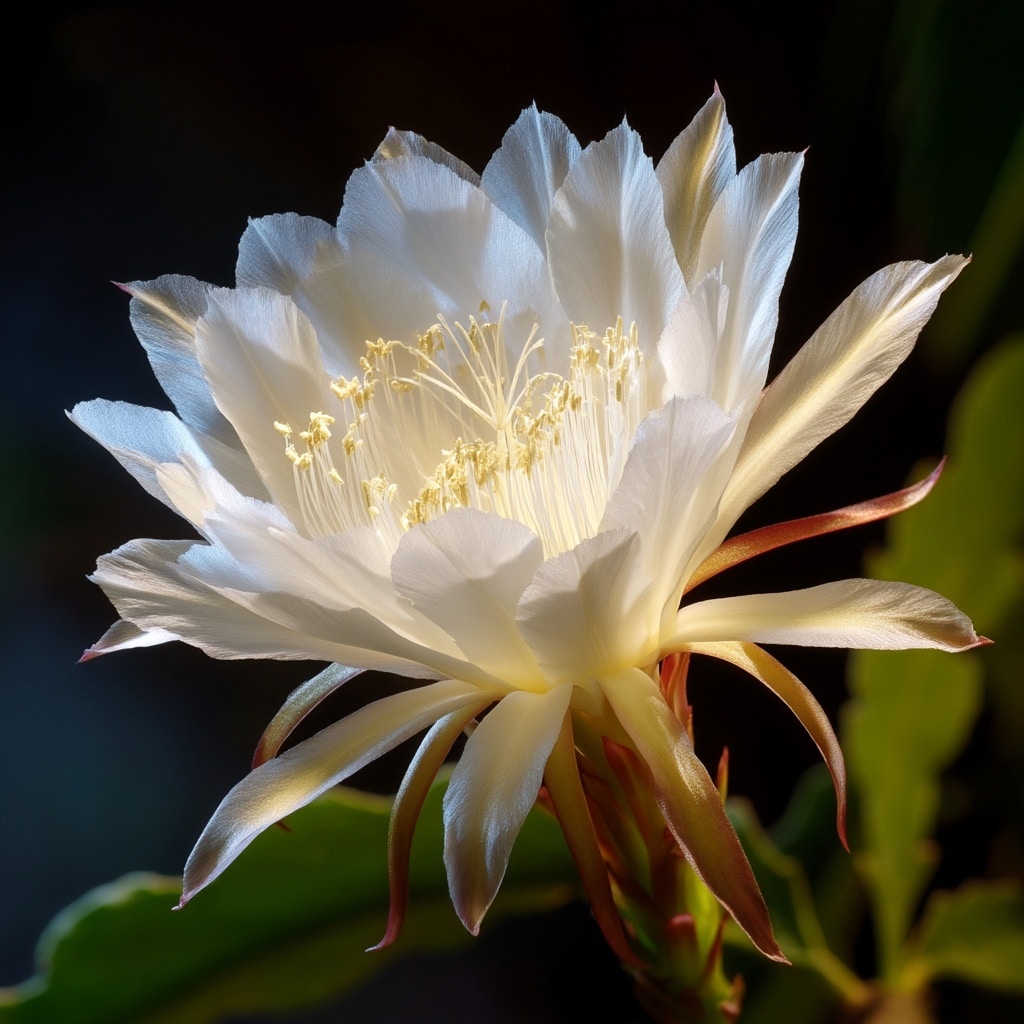Rare flowers possess a mystique that captivates gardeners and botanists alike. Unlike common blooms, these elusive species thrive in specific climates, bloom infrequently, or exist only in tiny corners of the world. From orchids that vanish before dawn to giant blossoms that smell like decay, these floral wonders are as intriguing as they are beautiful. For plant lovers seeking something extraordinary, discovering rare flowers isn’t just about aesthetics—it’s a journey through nature’s most astonishing secrets. In this article, we’ll introduce you to ten of the rarest blooms on Earth, each with its own fascinating story, bloom time, and growing conditions.
Table of Contents
1. Blue Star Water Lily (Nymphaea Nouchali)
Among the most visually striking rare flowers, the Blue Star Water Lily is revered in Bangladesh and Sri Lanka as a national treasure. Its vivid violet-blue petals and sunburst-yellow center give it an almost celestial appearance. What makes this aquatic bloom even more special is its fleeting presence—it graces ponds for only seven days each year. Just before it wilts, the flower’s golden stamen opens for a final burst of brilliance. Cultivating this lily requires still, shallow waters and warm temperatures, making it a unique gem in water gardens.
2. Jade Vine (Strongylodon macrobotrys)
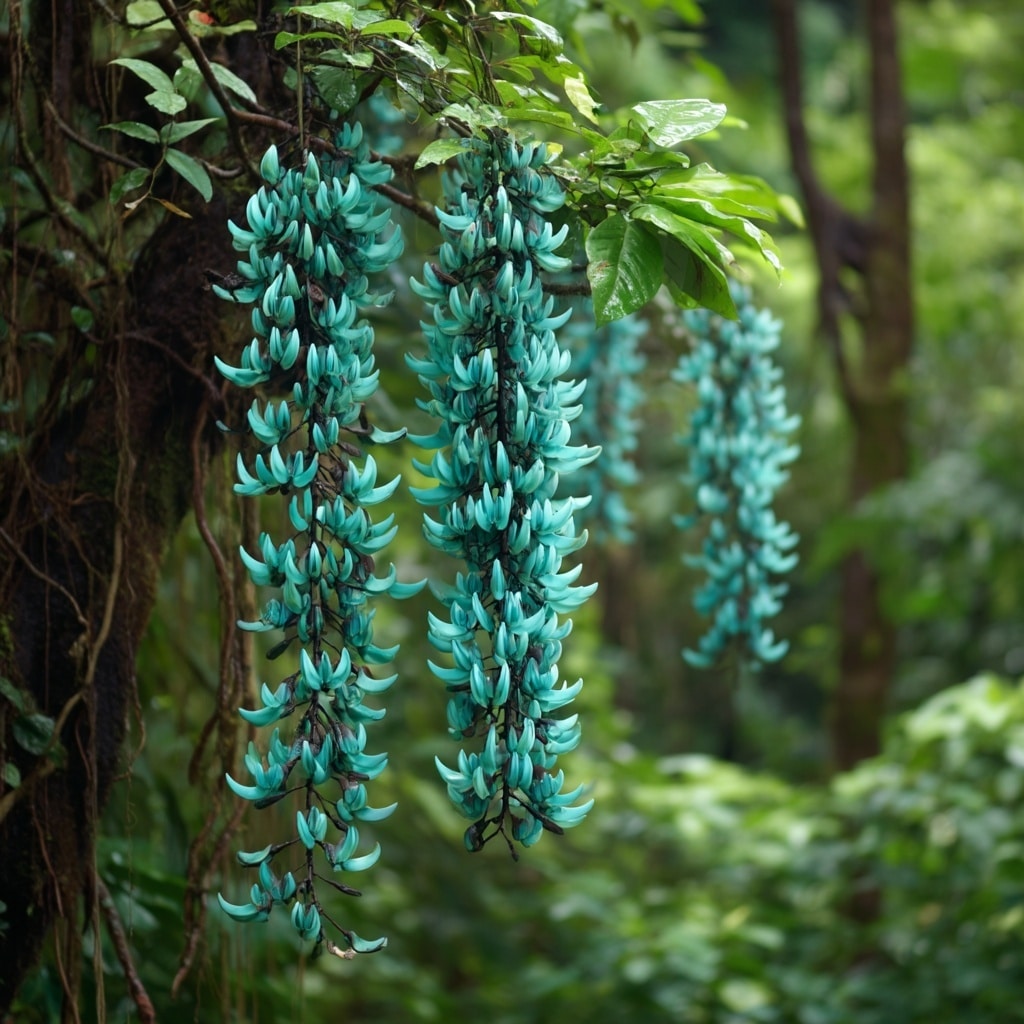
Found deep in the rainforests of the Philippines, the Jade Vine is a marvel of botanical rarity. Its cascading clusters of claw-shaped flowers range from emerald green to turquoise, giving rise to its nickname, “jade grape.” Sadly, deforestation has rendered it endangered, and its growth is now limited to select tropical environments with rich volcanic soil. Its dramatic hues and rarity have made it a favorite among collectors of rare flowers, although it remains challenging to propagate outside its native habitat.
3. Parrot Flower (Impatiens psittacina)
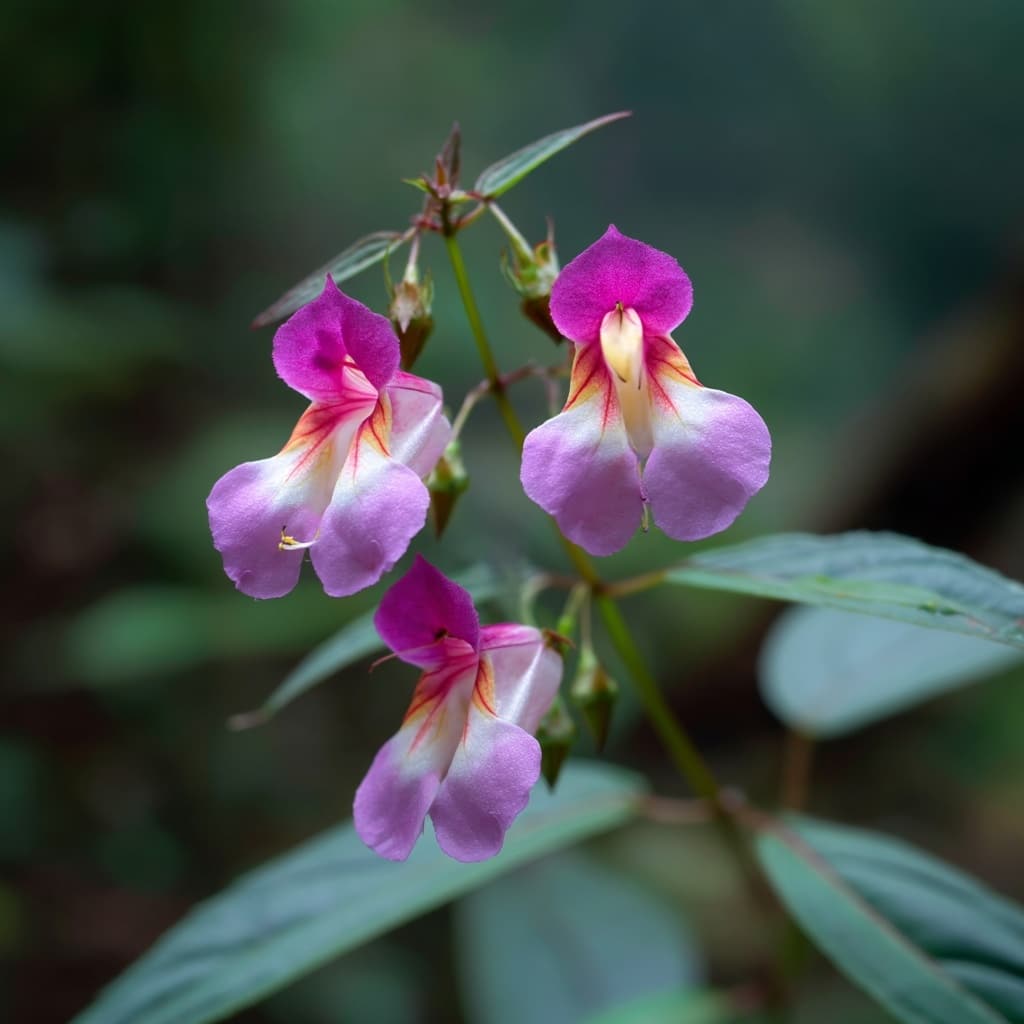
Shaped remarkably like a parrot in flight, the Parrot Flower is one of nature’s most playful designs. Native to Northern Thailand, Myanmar, and parts of northeastern India, this unique flower is rarely seen outside its tropical forest home. It features a soft stem, delicate petals, and an unusual color pattern that includes purples, pinks, and reds. Protected by regional laws, it’s illegal to export the seeds or plant, preserving its rarity. For enthusiasts of rare flowers, seeing a Parrot Flower in bloom is a once-in-a-lifetime opportunity.
4. Ghost Orchid (Dendrophylax lindenii)
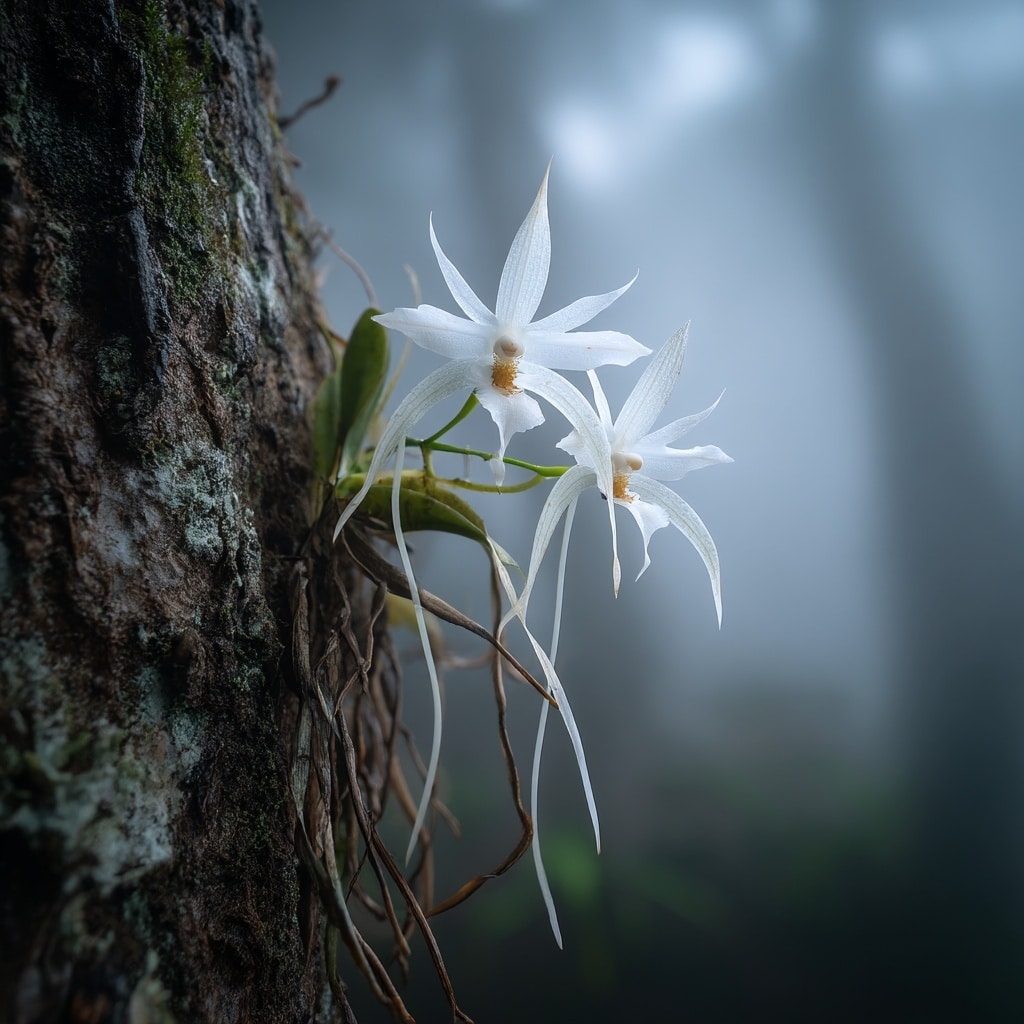
Shrouded in mystery and mist, the Ghost Orchid is one of the most elusive rare flowers known to horticulture. Found in the swamps of Florida and the forests of Cuba, this flower grows without leaves, clinging to tree bark in humid, shaded areas. Its ethereal, spider-like white blooms seem to hover in mid-air, earning its spectral name. Ghost Orchids are extremely difficult to cultivate, needing very specific fungal relationships to survive. With fewer than 2,000 believed to exist in the wild, its rarity has driven both obsession and conservation efforts.
5. Slipper Orchid (Cypripedioideae)

Easily recognized by its pouch-shaped bloom, the Slipper Orchid is a diverse genus of rare flowers that thrive in calcium-rich, well-drained soils. While varieties can be found in North America, Europe, and Asia, many species are endangered due to habitat loss and over-collection. Some can take up to 16 years to bloom from seed, making them a true test of patience for growers. Their waxy petals and intricate patterns give the impression of hand-painted perfection, making each bloom a work of art and a valuable addition to specialized orchid collections.
6. Middlemist Red (Camellia ‘Middlemist’s Red’)

Once native to China, the Middlemist Red has all but vanished from its homeland—and nearly everywhere else. Today, this vibrant rose-like camellia exists in only two known locations: a conservatory in Chiswick, England, and a garden in New Zealand. Introduced to the UK in 1804 by botanist John Middlemist, the plant’s rich, fuchsia-red blooms are a symbol of botanical survival. For enthusiasts of historic and rare flowers, this is one of the rarest, with only a few plants known to exist globally.
7. Rafflesia (Rafflesia arnoldii)
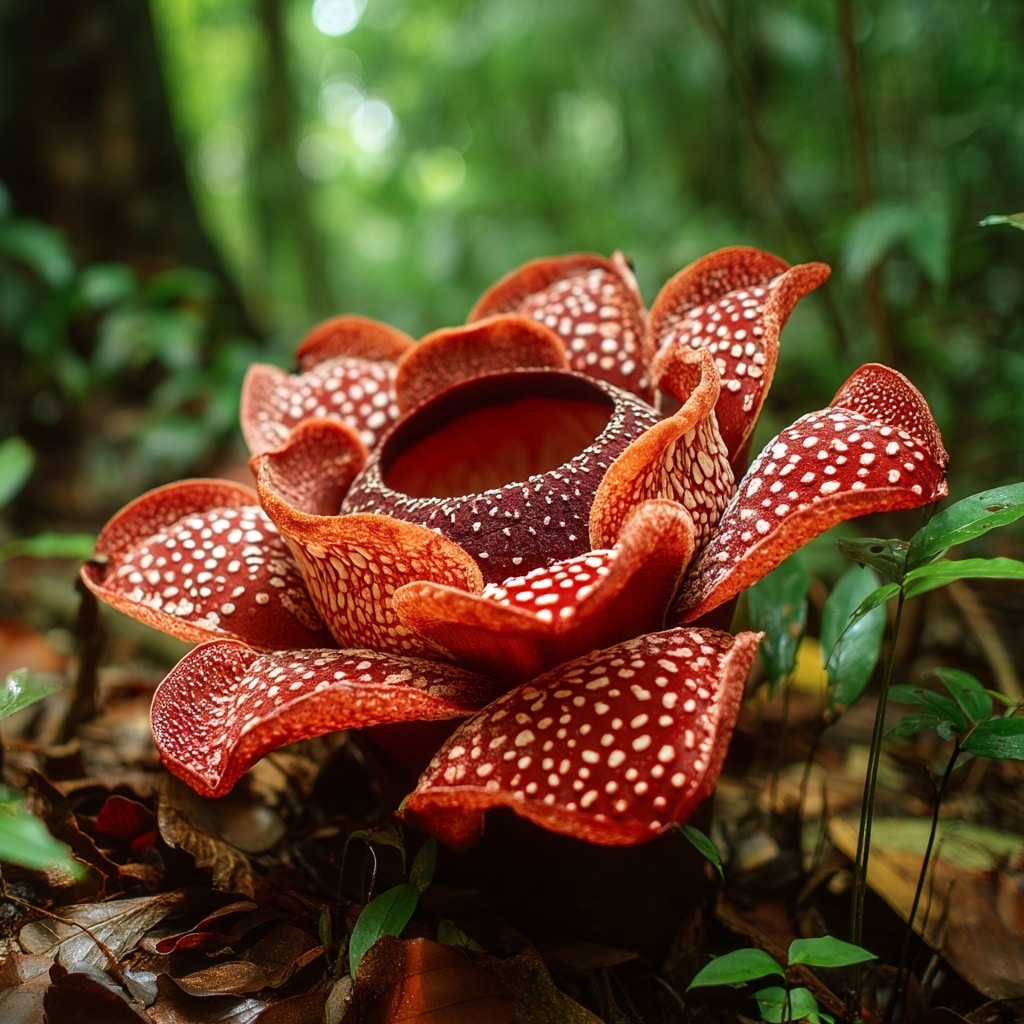
Known as the world’s largest individual bloom, Rafflesia is as famous for its size as it is infamous for its odor. Found only in the rainforests of Borneo and Sumatra, this rare flower can grow up to three feet in diameter. Despite its bold appearance, it lacks stems, leaves, or roots, living parasitically inside host vines until it erupts into bloom. Its scent—often compared to rotting flesh—attracts carrion flies for pollination. Though off-putting, Rafflesia’s biological marvel and sheer rarity make it one of the most extraordinary rare flowers in the world.
8. Queen of the Night (Epiphyllum oxypetalum)
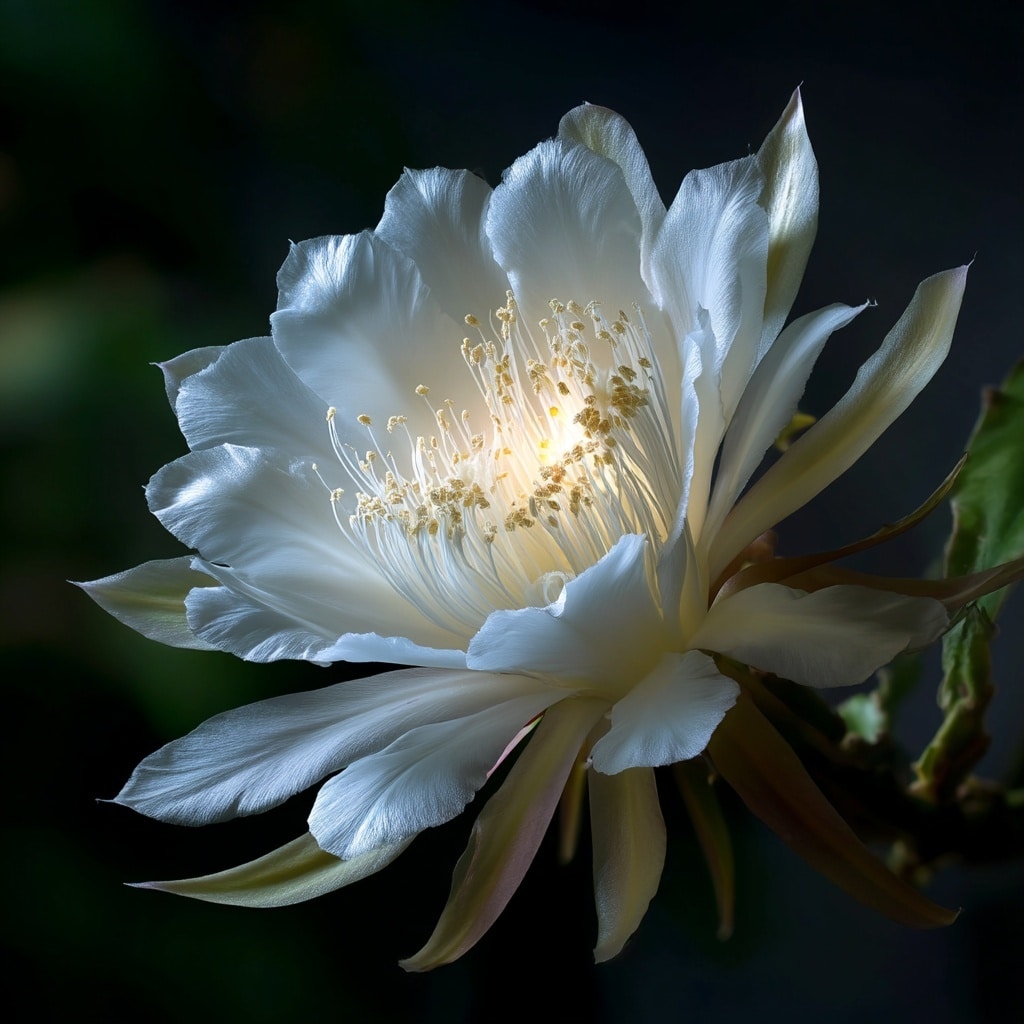
Also known as the Night-Blooming Cereus, the Queen of the Night lives up to its regal name with a bloom that appears only once a year, usually after midnight. Native to Central and South America, this cactus-like plant produces large, fragrant white flowers that wilt before dawn. Gardeners who catch this fleeting moment often describe it as magical. Unlike other rare flowers, it’s sometimes grown in home gardens in tropical regions, but even then, the blooming is unpredictable and brief—adding to its mystique.
9. Titan Arum (Amorphophallus titanum)
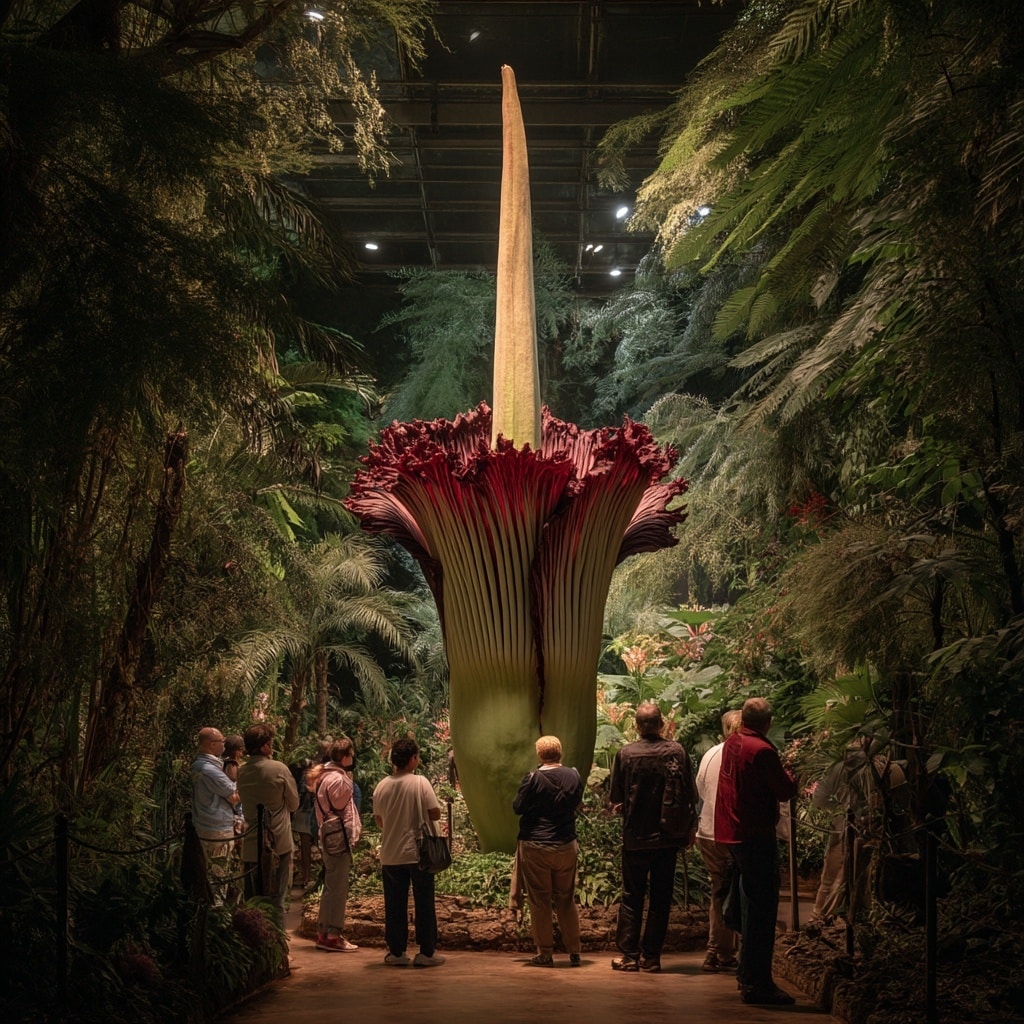
Another contender for the title of “world’s smelliest flower,” the Titan Arum, or corpse flower, is a botanical spectacle. Native to the rainforests of western Sumatra, it blooms only a few times during its 40-year lifespan, with each bloom lasting just a couple of days. The flower’s central spike, or spadix, can reach over 10 feet in height, surrounded by a frilly, burgundy leaf-like structure. Its stench mimics rotting meat to attract pollinators. Despite its foul smell, the Titan Arum is one of the most fascinating and rare flowers cultivated in botanical gardens.
10. Chocolate Cosmos (Cosmos atrosanguineus)
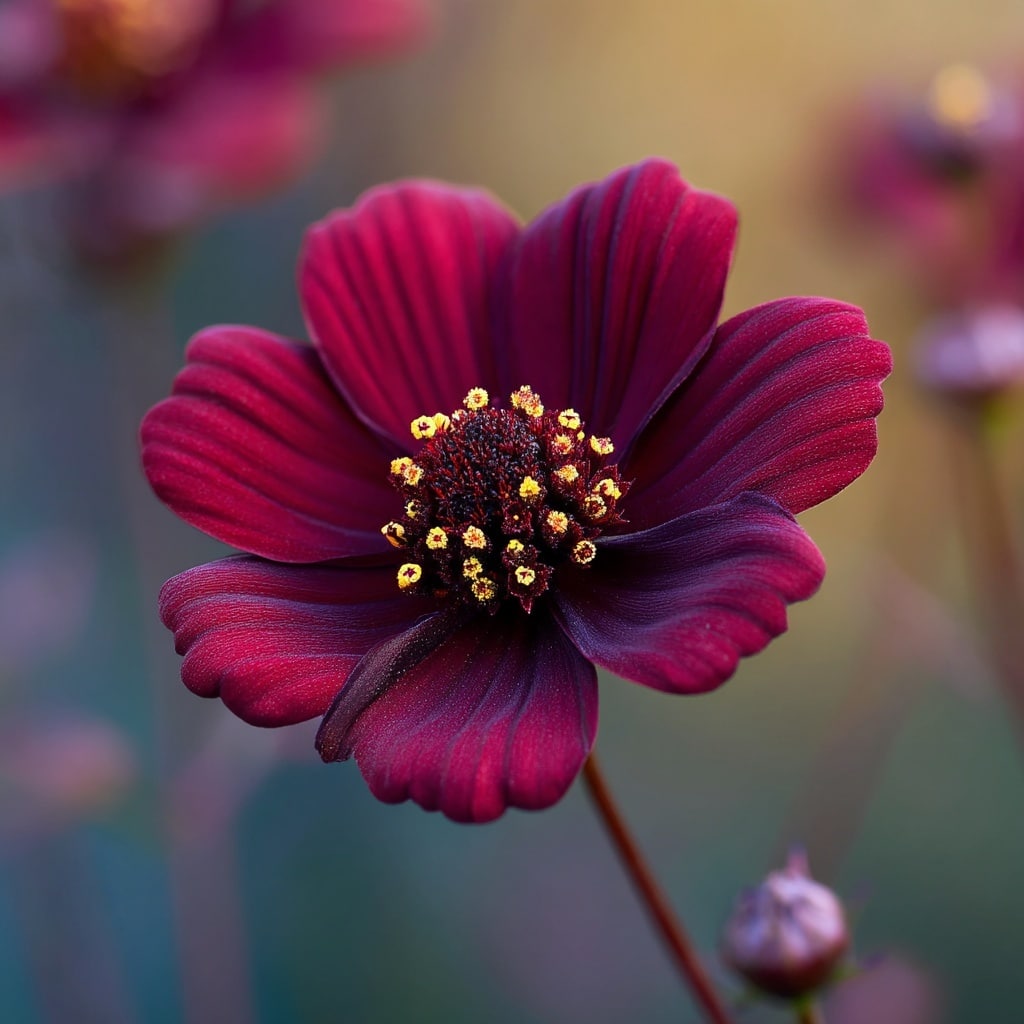
This velvety, deep-maroon flower isn’t just beautiful—it smells like chocolate. Native to Mexico, the Chocolate Cosmos is extinct in the wild but preserved through clonal propagation in botanical settings. It blooms at night and fades quickly, requiring warm climates and careful attention. Laws protect this species from overharvesting and habitat loss. For gardeners searching for rare flowers with unique sensory appeal, the Chocolate Cosmos delivers with both visual richness and a nostalgic fragrance that delights the senses.
Conclusion
The world of rare flowers is full of astonishing beauty, fleeting blooms, and remarkable stories of survival. Whether it’s the midnight bloom of the Queen of the Night or the ghostly elegance of the Ghost Orchid, these flowers offer more than just visual appeal—they connect us to nature’s most exclusive wonders. While some can be cultivated with great effort, others are best admired in their untouched habitats. For gardeners, botanists, and plant lovers, rare flowers aren’t just plants—they’re living legends that inspire awe and conservation.


